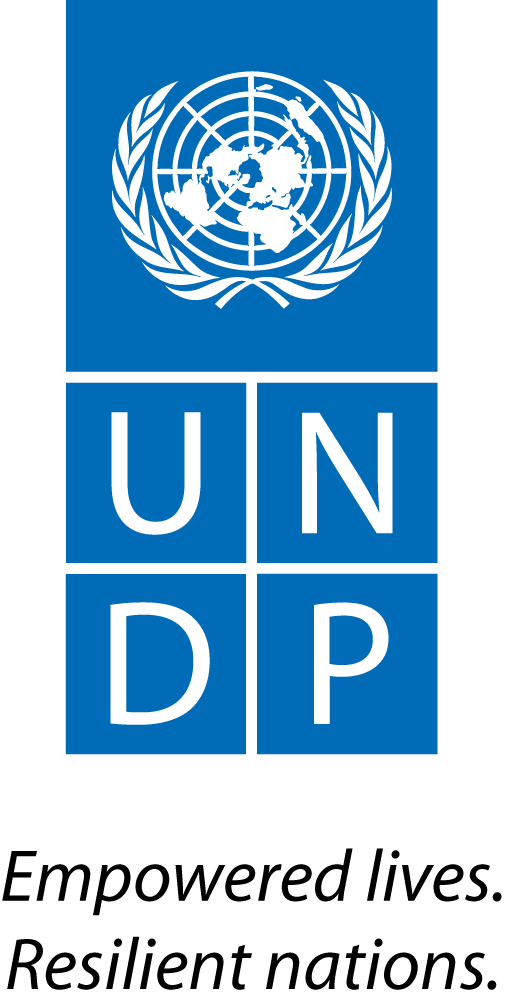http://www.europeanvoice.com/article/imported/emissions-impossible-/68751.aspx
UN scheme under fire for lack of effectiveness, while Commission seeks to protect emissions scheme.
Pollution trading was not invented in Europe, but it has become as much a part of EU political life as farm subsidies and summits.
The emissions trading system (ETS) is the EU's flagship policy to cut industrial greenhouse gases, the nucleus – in the European Commission's dreams – of a global cap-and-trade system. The huge investment of European political capital in the scheme demanded that Connie Hedegaard, the European commissioner for climate action, speak out, ahead of the political rentrée, when the ETS risked collateral damage from criticisms of United Nations-led carbon trading.
Suspicion has fallen on the UN's clean development mechanism (CDM), the scheme that allows polluters in rich countries to meet their emissions reduction targets under the Kyoto protocol by paying for clean-energy projects in developing countries. Its effectiveness has come under fire from campaigners who claim that some CDM projects are encouraging manufacturers to produce polluting gases, rather than to reduce them.
The Commission is increa-singly impatient with the United Nations' climate secretariat over its failure to reform the CDM, which was worth €1.9 billion in 2009.
The scheme is meant to be a virtuous circle, allowing rich countries to meet their climate targets at the lowest possible cost, while energy-hungry developing economies get an injection of capital to go green. But multiple failures have been flagged up by its critics.
Under particular scrutiny are CDM projects to destroy the ‘super greenhouse gas' HFC-23 – an unwanted by-product in making refrigerant gases that is 11,700 more damaging than CO2. CDM projects to eliminate these gases have become very popular. But CDM Watch, a German-based campaign group, accuses manufacturers of “gaming the system” by manufacturing more HFC-23 gases, simply to earn the lucrative CDM returns for destroying them.
The UN's CDM executive board rejects these criticisms, citing its safeguards to prevent perverse production. But it has conceded that the adequacy of the safeguards should be checked. “It is clear that these projects are preventing a great deal of a very potent greenhouse gas from entering the atmosphere. However, it is prudent that the board look at whether the safeguards built into the methodology are still sufficient to prevent perverse incentives,” said Clifford Mahlung, the board's chairman, on 30 July.
The Commission wants sharper UN action. Hedegaard, determined to protect Europe's prized ETS, gave notice on 26 August that Europe, “a pioneer of the carbon market”, wanted to see “a major overhaul of the CDM”.
“The CDM has been successful in some respects but has also given rise to criticism, such as with regard to environmental integrity,” she said.
A senior European Commission official was blunter. “If the UN cannot create order in its own house, the EU will have no choice but to act itself. We think they have been taking too much time over this issue.”
Damaged credibility
The EU's anxiety is understandable. Europe is by far the largest buyer of CDM credits, and any doubts about their value will taint the ETS.
The European scheme's reputation and credibility received a battering in its early days when governments handed out too many credits, making the price of carbon fall dramatically. The scheme recovered from this shaky start, but investors are now jittery for other reasons. The CDM market lost 59% of its value in 2008-09, a consequence of both the economic slowdown and the drift in international climate negotiations (see box), which creates uncertainty about the future of the CDM. “Market confidence is at a very low ebb,” the International Emissions Trading Association wrote to Hedegaard in August, demanding more clarity about the Commission's intentions over the CDM.
Hedegaard is focusing on shoring up the CDM's environmental integrity. She has asked her officials to come up with measures to ensure that ETS polluters have recourse only to high-quality, environmentally credible projects. This could mean an ETS ban on some projects (such as HFC-23 projects), or fixing prices so that industrial gas projects are less valuable and therefore less attractive to investors. Draft legislation is expected in the autumn.
But the Commission has other serious problems with the CDM. The bulk of these funds flow to China and India, with little going to the poorest countries, notably in Africa. In addition, as the senior official said, “the CDM is not creating any incentive for developing countries to develop cap-and-trade”. The Commission would prefer to make ‘sectoral agreements' with big emerging economies, meaning that European money would be tied to developing countries reducing emissions in energy-intensive industries, such as steel or chemicals. More CDM money would then be available for the least-developed countries, which are most in need of outside funds.
Europe's role as the biggest buyer of CDM credits offers the Commission some influence over how the system is reformed. Stig Schjølset, a senior analyst at Point Carbon, points out that European demand for CDM credits gives the EU “a bargaining chip” in international negotiations that it will not want to give up without getting something in return, such as more ambitious targets. But the Commission will have to play this bargaining chip while maintaining investor confidence in the future of Europe's carbon markets. One wrong move and the shine could come off the EU's cherished ETS.
|
|




